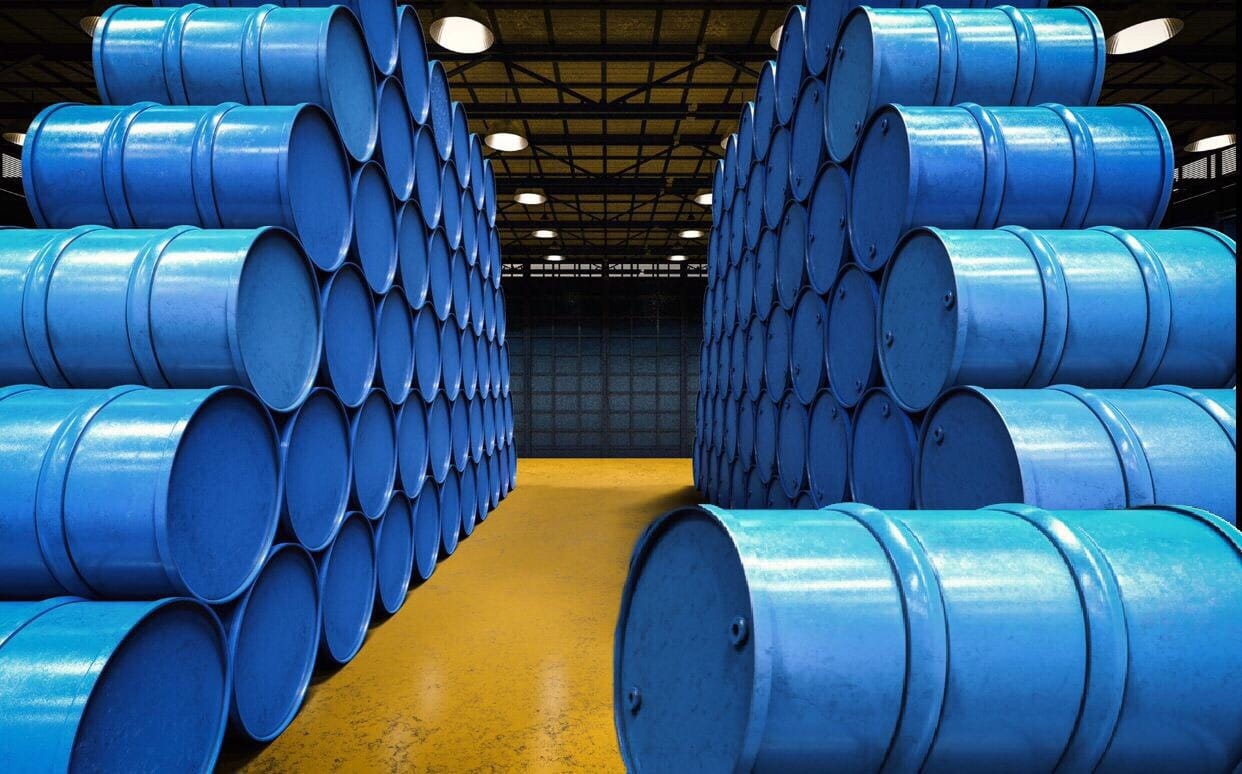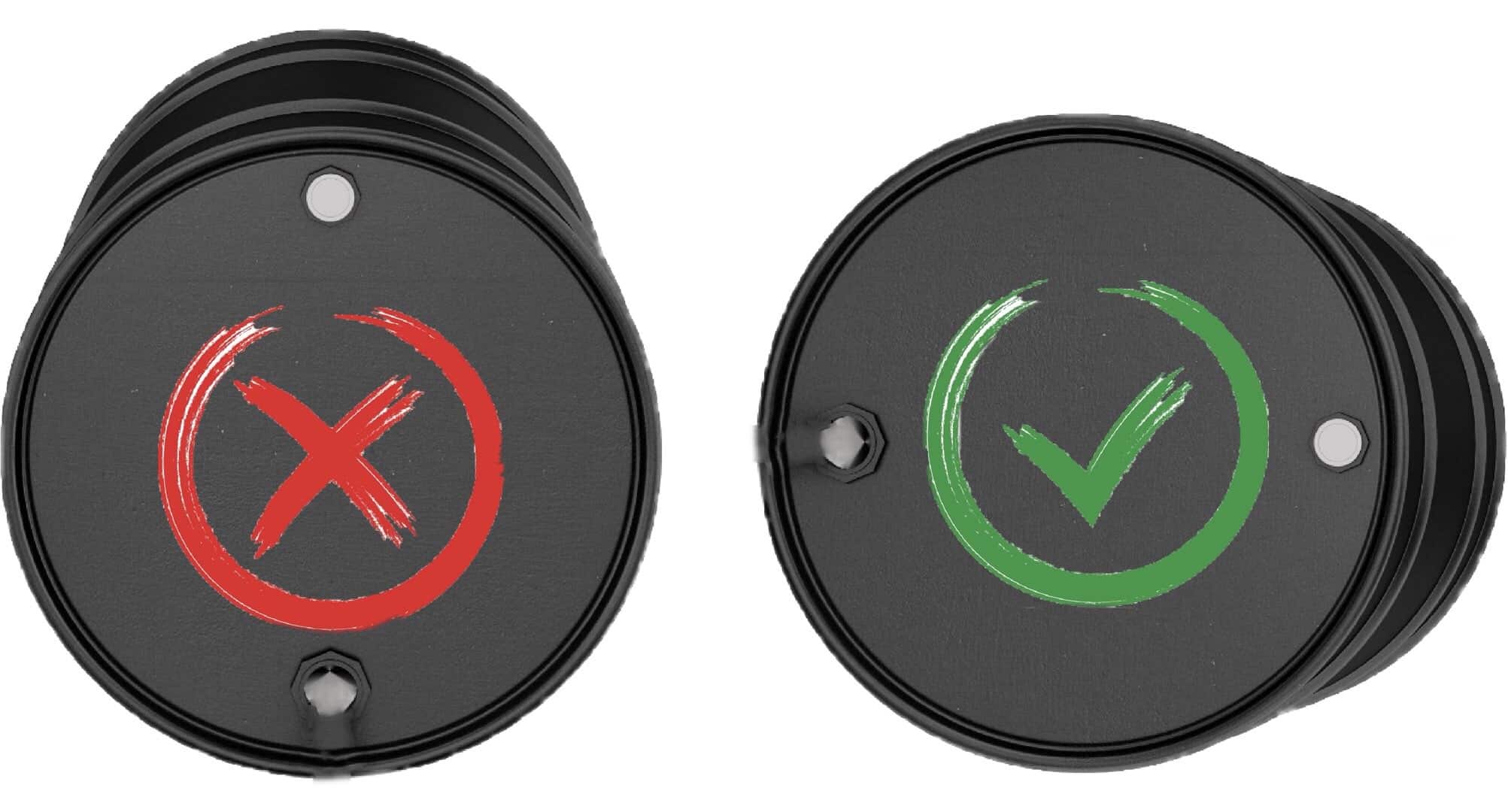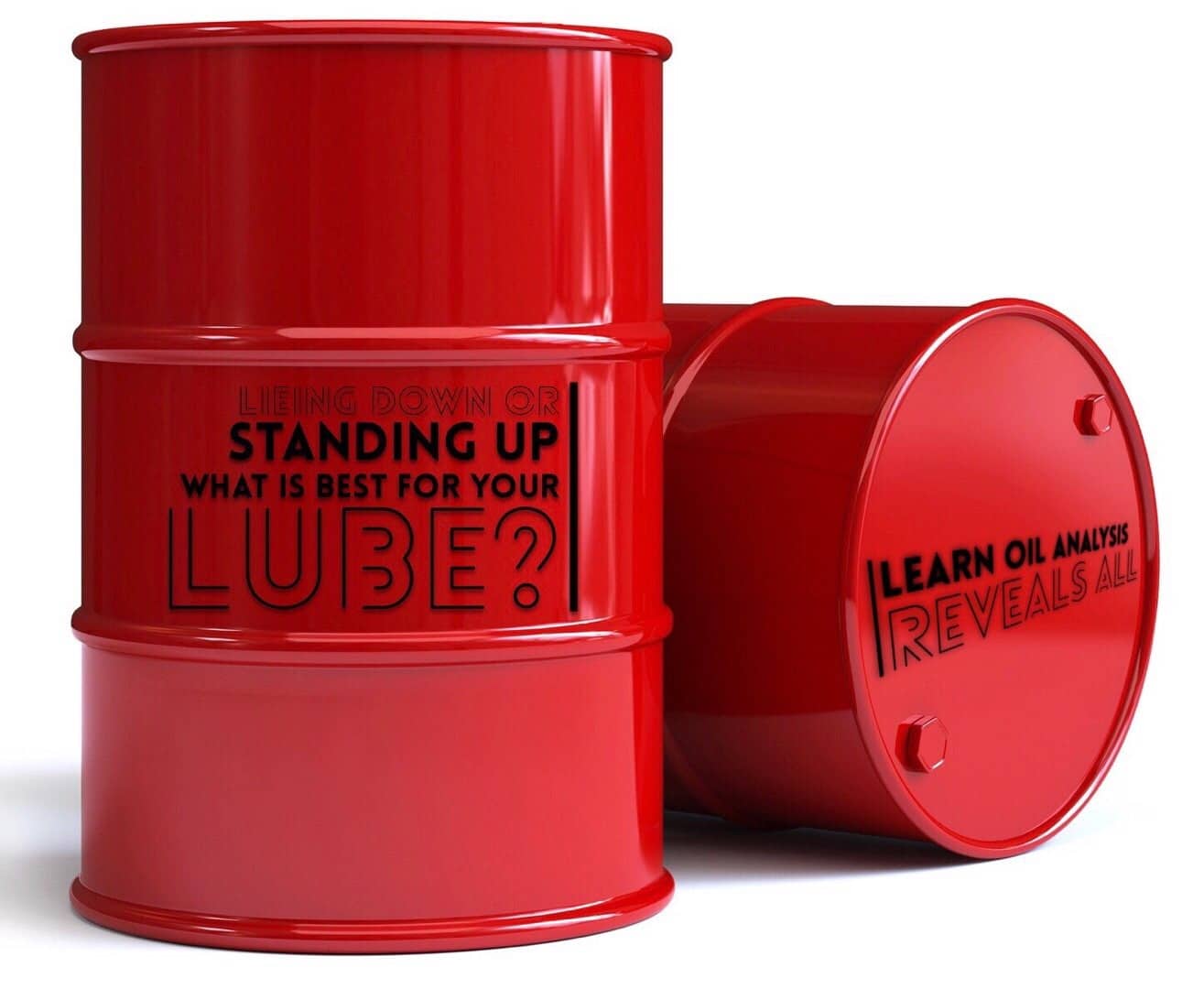As part of my consultancy services I am often asked to visit a client’s site to help them identify the source of lube or fuel issue. This has ranged from individual business customers having problems on site to being a key part of a dispute resolution as an independent party between product suppliers (machinery, fuel, lubes, coolant, DEF/ adblue, etc) and end users.
One thing that never ceases to amaze me is how many people are not aware of good lubricant storage and handling practices despite working with them day in and day out.
Hence today’s article is going to cover one of the 2 most common things I see on site visits. I will shortly follow with a second article on the other most common thing I see.
Today I will be talking about barrel storage. So many people store their barrels upright with the drum plugs at the top of the barrel. This is a bad practice as water or dirt tends to collect in these places meaning contamination of the barrel when next opened.
Even when barrels are correctly stored on their sides the bungholes are commonly stored incorrectly in the vertical position.
The reason why this is important is because of a phenomenon known as tank or vessel breathing. Once the barrel is opened it is never truly airtight when resealed. This is often why food packaging may say “use within 3 days of opening” yet have a sell by date of 6 months. The fact something can be opened and closed means there are microscopic gaps where air molecules can get in and out of the container or vessel even when liquid tight. During the day the air is hot and expands and leaves the barrel, but during the night it cools, drawing in outside air into the barrel and with it dirt and water vapour. This water vapour condenses and the following day the now dry air leaves leaving behind the water. Eventually this leads to layers of water collecting at the bottom over a prolonged period.
For this reason, it is best practice to store barrels on their sides with the bungholes in the horizontal position to reduce the air space behind the bungs and leaving the oil against this surface to reduce the amount of breathing that can occur.


To find out more on how to improve your lubricant storage and management click the chat icon at the bottom right of the screen to ask a question.


